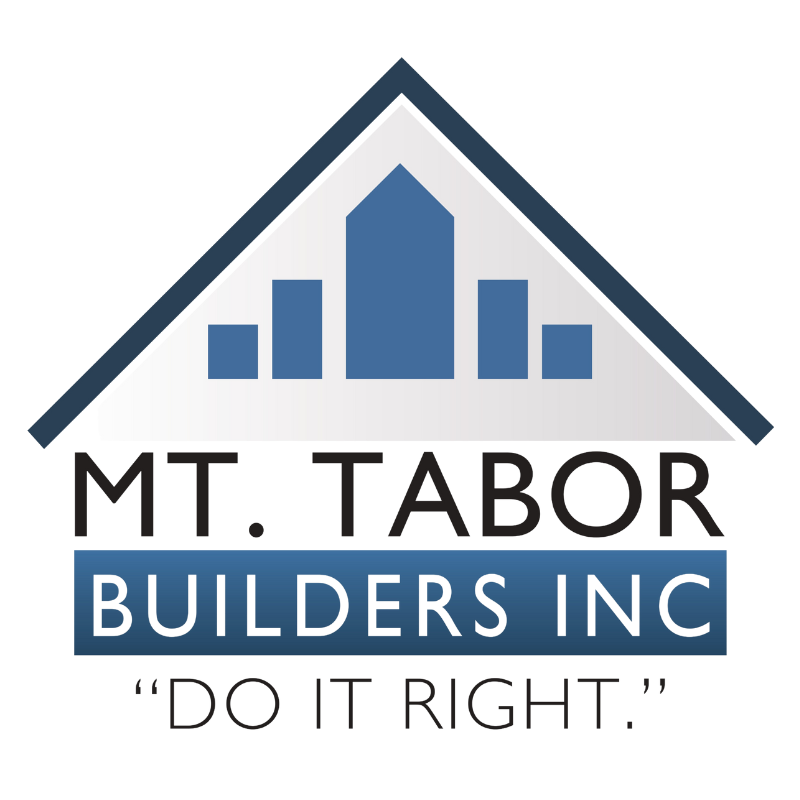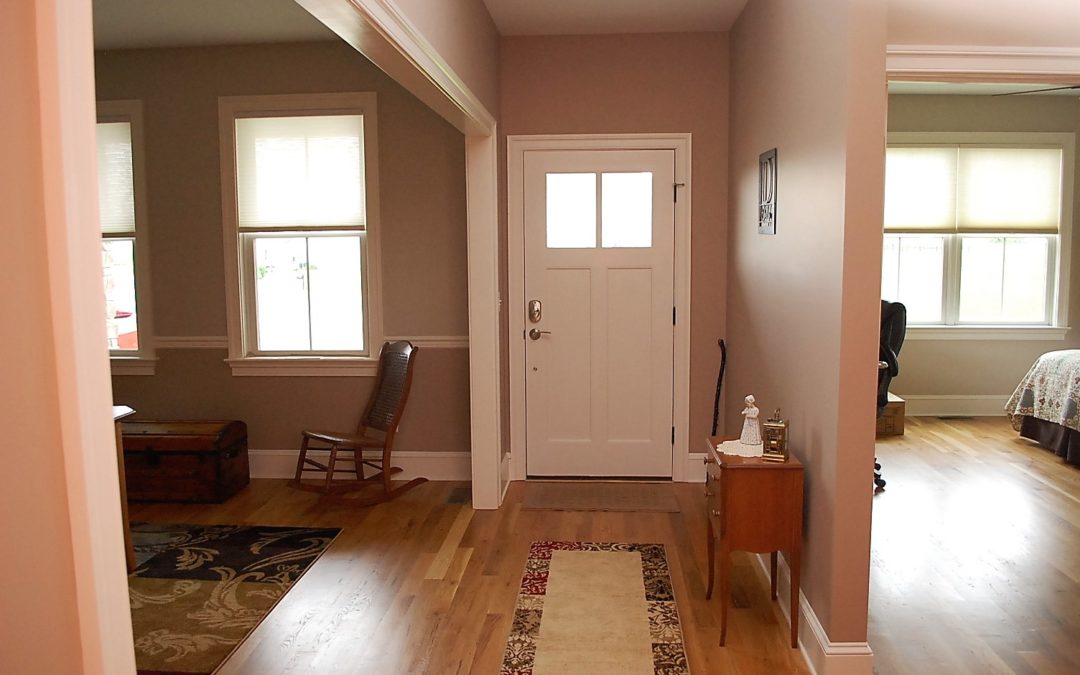An “Aging-in-Place” design helps limit the obstacles of independent living into the Golden Years.
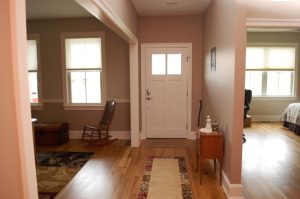 Many people wait years to build their dream home. For some people, it’s a once-in-a-lifetime project. Because of this, homeowners often want to stay in their home until they’re forced to move because of aging or a physical issues. The “aging-in-place” term may be new to many homeowners, but is becoming popular among those thinking long-term. The design takes into account the many challenges that often force the elderly to relocate when they prefer to stay in their home..
Many people wait years to build their dream home. For some people, it’s a once-in-a-lifetime project. Because of this, homeowners often want to stay in their home until they’re forced to move because of aging or a physical issues. The “aging-in-place” term may be new to many homeowners, but is becoming popular among those thinking long-term. The design takes into account the many challenges that often force the elderly to relocate when they prefer to stay in their home..
“We have seen such an influx of people who are asking us to design and build one-level homes that will allow for handicap accessibility,” says Mt. Tabor Builders, Inc. President Willie Eby. “Many of these people have some debilitating disease. We can help by pointing out some key things that will make living easier.”
Royce Eby, Mt. Tabor’s lead designer and estimator, points out the number of advancements from manufacturers addressing this trend that continue to come on the market.
The Changes that Turned a House into an Aging-in-Place Home
“There are so many different things out there today,” says Royce. “Things like dishwashers and ovens that are made so the door swings open to the side, allowing access, especially from wheelchairs. This helps the person get right up to the appliance.”
He says most of the aging-in-place design needs to be around space and access. He says the plan is to have a five-foot radius to accommodate a wheelchair. This is the rule of thumb when designing doorways, halls, bathrooms, etc….
“We usually focus on the master bedroom, master bath, kitchen and laundry areas,” says Royce. “We also talk about ‘ease of access,’ like with a client who wanted to make sure she could easily get out of the back of the home to spend time with her dogs in the backyard.”
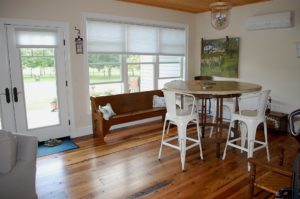 Other components include motion sensor lights and faucets; level entry ways; and ramps and sidewalks with a slight grade. Easy-to-reach storage areas are another small detail that make a big difference to those that are limited. These upgrades can be found in a 3,000-sq. ft., single level home designed by Mt. Tabor to accommodate a local couple impacted by the effects of Parkinson’s disease.
Other components include motion sensor lights and faucets; level entry ways; and ramps and sidewalks with a slight grade. Easy-to-reach storage areas are another small detail that make a big difference to those that are limited. These upgrades can be found in a 3,000-sq. ft., single level home designed by Mt. Tabor to accommodate a local couple impacted by the effects of Parkinson’s disease.
“They just really enjoy the outdoors, so this will let him be able to enjoy watching the snow fall while sitting in front of the fireplace,” says Royce, recalling the accessible sunroom. He called the project “fun” due to the design challenges and the couple’s desire to incorporate materials from the family farm.
“I was able to show them 3-D views of the house with all the timbers,” says Royce, of the design-stage meeting with Burma and Dale of Clear Spring. “They were pretty much sold after that meeting.” The couple love the house and the Mt. Tabor building experience.
Another Aging-in-Place Case Study
Another Mt. Tabor client making specific plans for access to “her great outdoors” is Mary Ann Donley of Hagerstown. Her MS has her using a walker now, but she and her husband wanted a design that would allow for a wheelchair in the future.
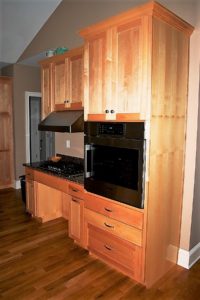 Mt. Tabor designed the home with a covered back patio that connects to an uncovered patio with a ramp. Interior upgrades include a “roll-in” shower and “roll-under” vanities in the master bath; “roll-under” countertops in the kitchen; kitchen cabinets that are lower for easier access; safety grip bars in the bath; and hardwood and tile floors throughout.
Mt. Tabor designed the home with a covered back patio that connects to an uncovered patio with a ramp. Interior upgrades include a “roll-in” shower and “roll-under” vanities in the master bath; “roll-under” countertops in the kitchen; kitchen cabinets that are lower for easier access; safety grip bars in the bath; and hardwood and tile floors throughout.
“They (Willie and Royce) have been very accommodating through the entire process,” says Donley, of the building process of the couple’s custom home.
Contact Mt. Tabor About an Aging-in-Place Design
To find out more about the Aging-in-Place concept, contact the office by clicking here or calling the office at 301-766-7161 to schedule a meeting.
